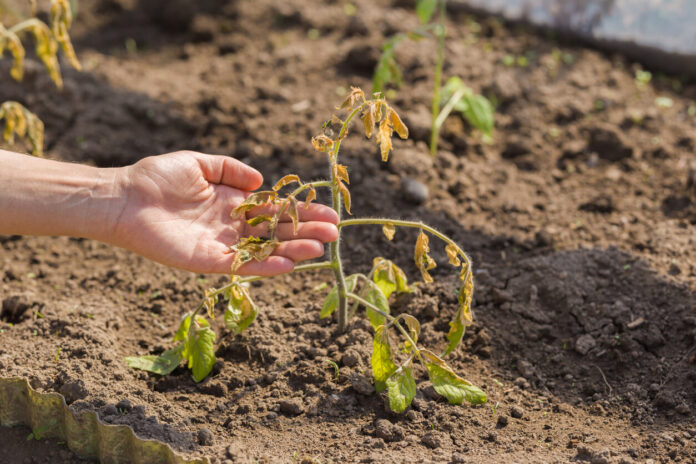While some plants are known to gardeners for being drought resistant, others are on the contrary ultra-sensitive to high temperatures. In summer, and all the more so during a heat wave, they should be protected to allow them to weather heat waves without too much damage.
The most important thing during a heat wave is to manage to keep the soil moist, so that the roots of your plants can find the necessary water. If your plants are not in pots and therefore you cannot move them into the shade, we advise you to mulch the soil. This advice also applies to planting in window boxes, even when moved to a shady spot.
Mulching will allow water to evaporate less quickly from the soil, which will have the effect of protecting your plants from drought while allowing you to save watering.
Mulching is a technique that consists of covering the soil around plants and other cultivated plants with a layer of organic or mineral material. This practice can be applied in all areas of the garden, whether around potted plants, fruit trees, vegetable gardens or even various plants and flowers. In addition, mulch can also be used in beds of annual plants as well as at the base of young shrubs and trees to benefit from its advantages.
In your garden, some plants grow much better in shady environments and temperate climates. To help you protect these drought-sensitive plants during and after periods of heat wave, we have prepared a slideshow that presents a detailed list.
Some varieties of these plants may be more suited to low water availability, but they still require more regular watering than others. So, here is our list of plants that won’t survive drought if you don’t take the necessary steps.















